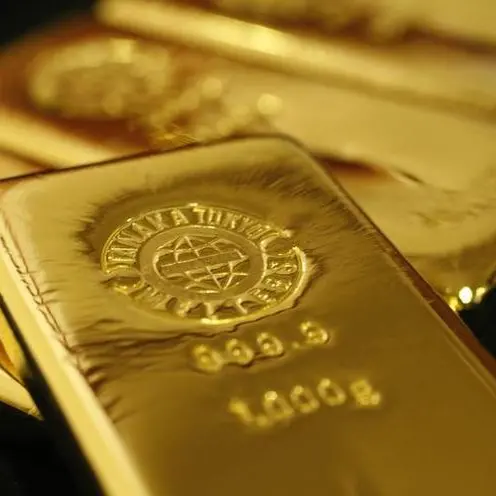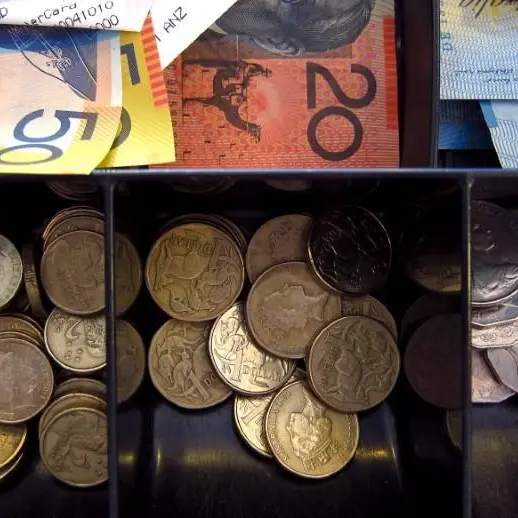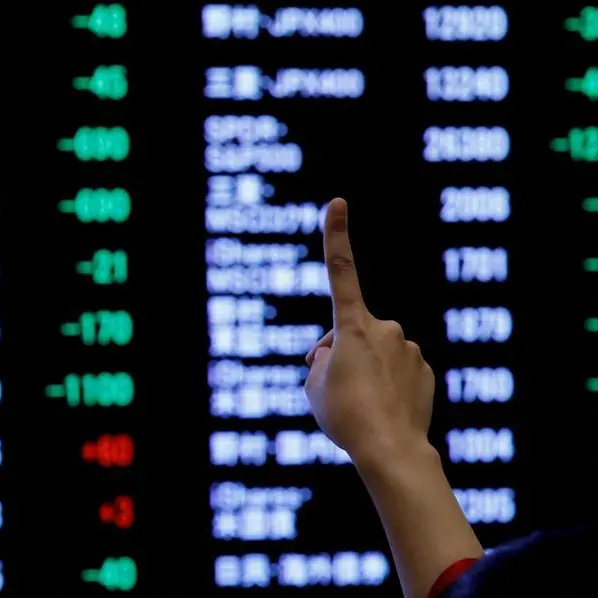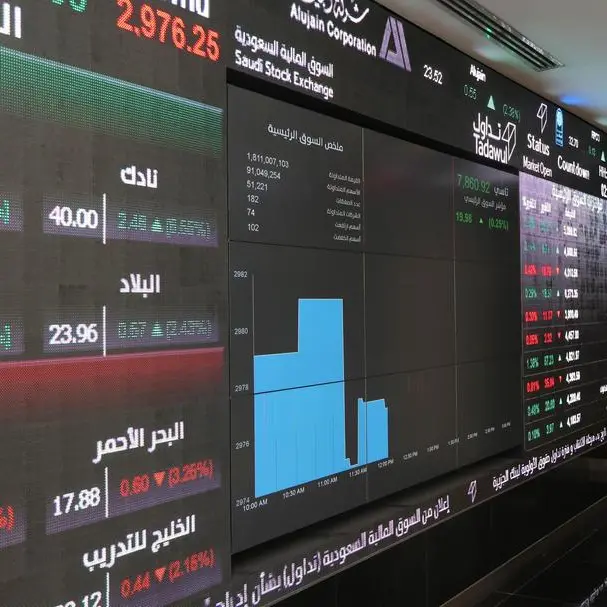PHOTO
By Andrew Torchia
DUBAI, Jan 30 (Reuters) - A key Saudi Arabian money market rate dropped below the central bank's repo rate on Monday for the first time since last April, in a sign that a liquidity crunch due to low oil prices is easing.
The three-month interbank offered rate
In normal times, short-term money rates tend to trade below the repo rate. That ceiling was breached last year as shrunken petrodollar flows due to cheap oil and government austerity measures starved banks of funds, sending money rates soaring and threatening to burden companies with higher borrowing costs.
But in recent weeks conditions have eased as the government has raised money through a $17.5 billion international bond issue and injected some of those funds into the economy. Higher international oil prices, now around $55 a barrel compared with last year's average of about $45, have also helped.
The three-month interbank rate has pulled back from an eight-year high of 2.386 percent hit in late October, although it remains far above the 0.80 percent seen in mid-2015.
Olivier Panis at Moody's said government payments to companies had boosted commercial banks' deposits while reducing the need for them to extend loans to keep firms afloat.
"There is a scissors effect," he said. "There is less need for banks to fight for liquidity."
Saudi authorities have worked to wrestle down money rates by introducing new money market instruments for the central bank to inject funds and by suspending domestic government bond issues for several months.
They have also improved liquidity by beginning to settle tens of billions of dollars in state debts to the private sector. Finance minister Mohammed al-Jadaan told Reuters in late December that the government had paid 100 billion riyals ($26.7 billion) to the private sector over the previous two months, and expected to pay an additional 30 billion riyals soon.
After payment delays lasting months or years, many private sector executives and bankers were sceptical of this claim, but central bank data released on Sunday supported it.
Government deposits at the central bank allocated for economic development projects dropped by 98.8 billion riyals in November and December, after barely moving for most of 2016.
A Saudi construction industry executive, declining to be named because of commercial sensitivities, said the government had now paid its debts to his company up to April 2016.
"We are waiting for the other payments - no definite timing is known, but they are working on it," he told Reuters.
The resumption of government payments has helped to reduce speculation about any eventual devaluation of the Saudi riyal. In the one-year forwards market
Because of a sluggish Saudi economy, bank lending growth is expected to stay slow this year, which Panis said would probably prevent any fresh liquidity squeeze. But he added that money rates would not necessarily drop much more.
"Growth in deposits will also be slow as corporate profitability is low and consumers react to austerity measures," he said. "I wouldn't expect a further sharp drop below 2 percent."
(Additional reporting by Marwa Rashad in Riyadh; Editing by Robin Pomeroy) ((andrew.torchia@thomsonreuters.com; +9715 6681 7277; Reuters Messaging: andrew.torchia.thomsonreuters.com@reuters.net))












